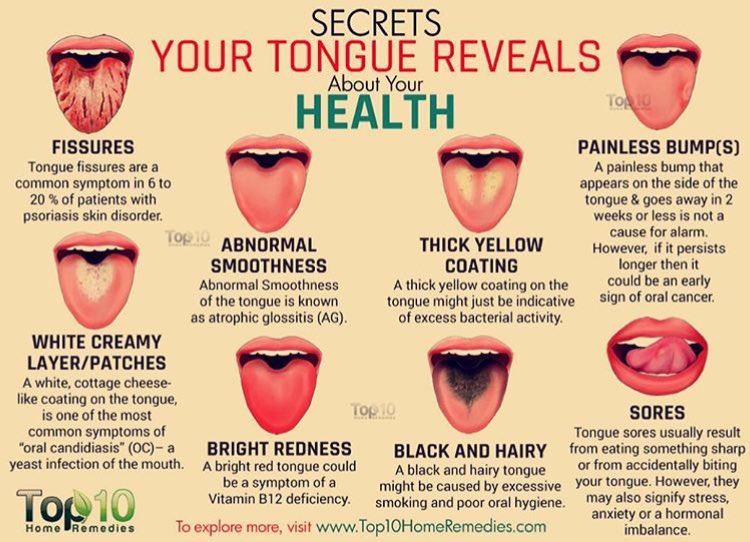Mouth Peeling: Causes, Symptoms, and Treatment of Oral Mucosal Desquamation
What are the common causes of mouth peeling. How can oral mucosal desquamation be diagnosed and treated. What are the symptoms of epitheliolysis in the oral cavity. Is mouth peeling a sign of a serious underlying condition.
Understanding Oral Mucosal Peeling: An Overview
Oral mucosal peeling, also known as epitheliolysis or shedding oral mucosa, is a relatively uncommon condition characterized by the superficial desquamation of the oral mucosa. This phenomenon can cause concern for patients and diagnostic confusion for healthcare providers unfamiliar with its presentation. To shed light on this intriguing oral health issue, let’s explore its key aspects in detail.
What exactly is oral mucosal peeling?
Oral mucosal peeling refers to the sloughing off of the superficial layers of the oral epithelium. This process typically occurs without pain or discomfort and leaves behind normal, healthy tissue underneath. The peeling may appear as gray-white strips of tissue that can be easily removed from various areas of the mouth, including the buccal mucosa (inner cheeks) and tongue.

Common Causes of Mouth Peeling
While the exact etiology of oral mucosal peeling is not always clear, several factors have been identified as potential causes:
- Sodium Lauryl Sulfate (SLS): Found in many oral hygiene products, SLS is a common detergent that can irritate the oral mucosa in some individuals.
- Mechanical trauma: Vigorous brushing or other forms of oral trauma may lead to epithelial sloughing.
- Chemical irritants: Certain mouthwashes or dietary components might trigger mucosal peeling in sensitive individuals.
- Idiopathic cases: Some instances of oral mucosal peeling occur without an identifiable cause.
Is sodium lauryl sulfate the primary culprit in mouth peeling?
While SLS has been implicated in many cases of oral mucosal peeling, it is not the sole cause. Studies have shown that SLS-containing toothpastes can induce desquamation in some individuals, but the condition can also occur in the absence of SLS exposure. This suggests that individual susceptibility and other factors play a role in the development of epitheliolysis.

Recognizing the Symptoms of Oral Epitheliolysis
Identifying oral mucosal peeling is crucial for proper diagnosis and management. The hallmark symptoms include:
- Asymptomatic sloughing of oral epithelium
- Gray-white strips of tissue visible in the mouth
- Easily removable epithelial layers
- Normal, non-bleeding tissue underneath the peeling areas
- Absence of erosions or ulcerations
Can oral mucosal peeling be painful?
In most cases, oral mucosal peeling is not associated with pain or discomfort. The condition is typically asymptomatic, which can sometimes lead to delayed diagnosis as patients may not immediately seek medical attention. However, the visible sloughing of tissue can be concerning for those experiencing it for the first time.
Diagnosing Mouth Peeling: A Clinical Approach
Accurately diagnosing oral mucosal peeling requires a thorough clinical examination and patient history. Healthcare providers should consider the following steps:
- Visual inspection of the oral cavity
- Assessment of the patient’s oral hygiene practices
- Review of recent changes in diet or oral care products
- Exclusion of other potential causes of oral lesions
- Consideration of biopsy in atypical or persistent cases
Are specialized tests required to diagnose oral epitheliolysis?
In most cases, a clinical diagnosis based on visual examination and patient history is sufficient to identify oral mucosal peeling. Specialized tests are generally not required. However, in cases where the presentation is atypical or the condition persists despite conservative management, a biopsy may be considered to rule out other mucosal disorders.
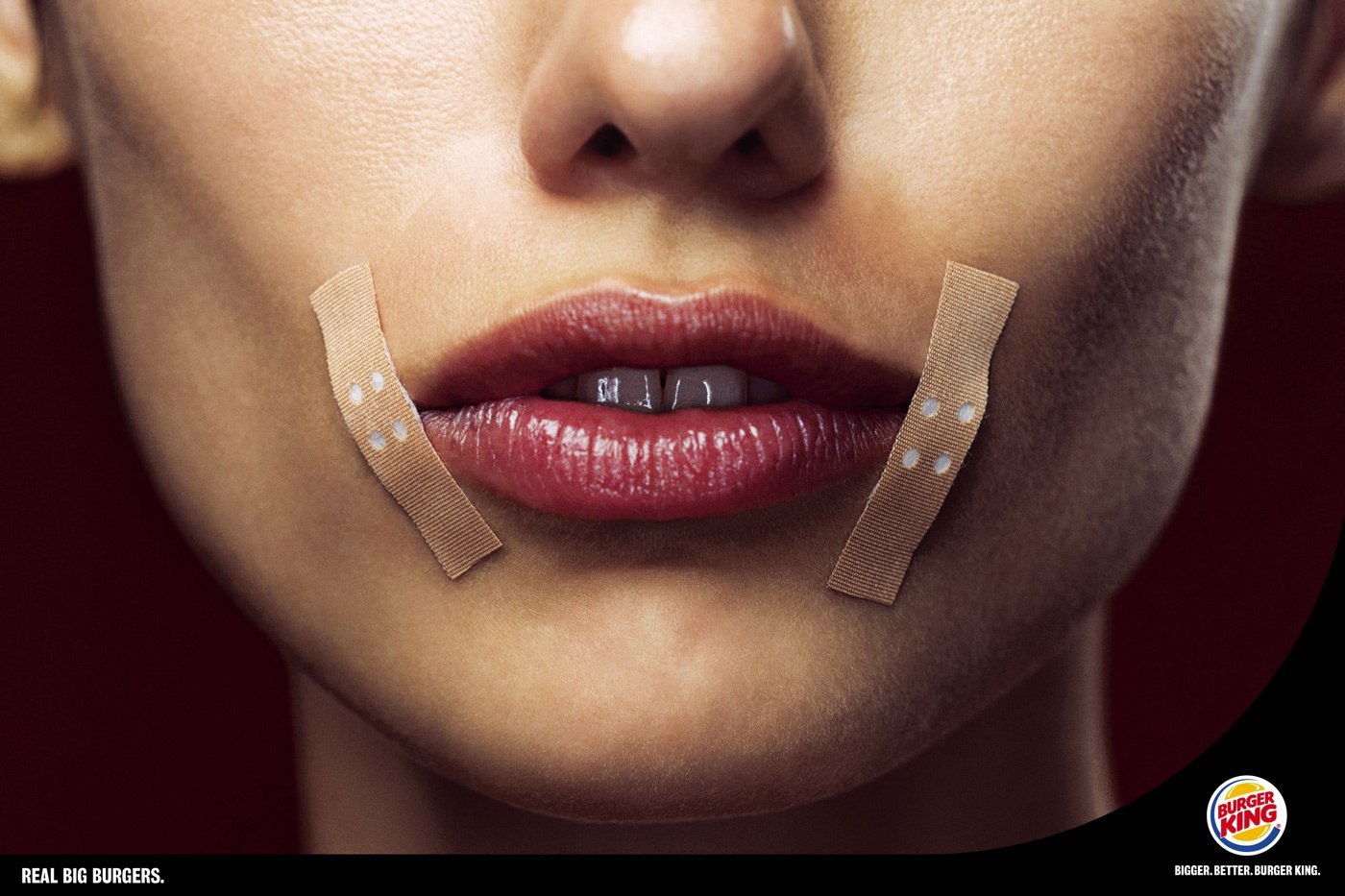
Treatment Options for Oral Mucosal Desquamation
Managing oral mucosal peeling often involves a conservative approach, as the condition is typically self-limiting. Treatment strategies may include:
- Discontinuation of SLS-containing oral hygiene products
- Switching to gentle, non-irritating toothpastes and mouthwashes
- Avoiding potential dietary triggers
- Gentle oral hygiene practices to minimize mechanical trauma
- Reassurance and patient education about the benign nature of the condition
How long does it take for oral mucosal peeling to resolve?
The duration of oral mucosal peeling can vary depending on the underlying cause and individual factors. In many cases, the condition resolves spontaneously within a few weeks to months. When associated with SLS-containing products, improvement may be seen within days to weeks of discontinuing the offending agent. Persistent cases may require further evaluation to rule out other potential causes.
Differential Diagnosis: Distinguishing Oral Mucosal Peeling from Other Conditions
While oral mucosal peeling has distinct characteristics, it’s essential to differentiate it from other oral conditions that may present similarly. Some conditions to consider in the differential diagnosis include:

- Oral lichen planus
- Mucous membrane pemphigoid
- Candidiasis
- Chemical burns
- Allergic reactions
How can healthcare providers differentiate oral mucosal peeling from more serious conditions?
The key to differentiating oral mucosal peeling from other conditions lies in careful clinical examination and patient history. Unlike more serious mucosal disorders, epitheliolysis typically presents without pain, bleeding, or underlying tissue damage. The easily removable nature of the peeling epithelium and the normal appearance of the underlying tissue are characteristic features that help distinguish it from other conditions.
Long-term Prognosis and Potential Complications
Understanding the long-term outlook for patients with oral mucosal peeling is crucial for both healthcare providers and patients. Key points to consider include:
- Benign nature of the condition
- Typically self-limiting course
- Rare occurrence of complications
- Potential for recurrence if triggering factors persist
- Importance of regular dental check-ups
Does oral mucosal peeling increase the risk of oral cancer or other serious conditions?
There is no evidence to suggest that oral mucosal peeling increases the risk of oral cancer or other serious oral health conditions. The condition is considered benign and does not cause lasting damage to the oral tissues. However, as with any oral health concern, regular dental check-ups are recommended to monitor overall oral health and address any persistent or changing symptoms promptly.

Patient Education and Prevention Strategies
Empowering patients with knowledge about oral mucosal peeling can help prevent recurrence and alleviate concerns. Key educational points and prevention strategies include:
- Understanding the role of SLS in oral care products
- Selecting gentle, non-irritating oral hygiene products
- Maintaining good oral hygiene practices
- Recognizing and avoiding potential triggers
- Seeking prompt dental care for persistent or concerning symptoms
Can dietary changes help prevent oral mucosal peeling?
While dietary factors are not typically the primary cause of oral mucosal peeling, some individuals may find that certain foods or beverages exacerbate their symptoms. Keeping a food diary and noting any correlations between diet and episodes of peeling can be helpful. Avoiding acidic or spicy foods, as well as maintaining proper hydration, may contribute to overall oral mucosal health and potentially reduce the risk of epitheliolysis in susceptible individuals.

In conclusion, oral mucosal peeling, while uncommon, is a fascinating aspect of oral health that deserves attention from both healthcare providers and patients. By understanding its causes, symptoms, and management strategies, we can ensure appropriate care and alleviate unnecessary concerns. As with any oral health issue, maintaining open communication with dental professionals and adhering to good oral hygiene practices remain key to promoting overall oral health and well-being.
Oral mucosal peeling | British Dental Journal
Oral mucosal peeling
Download PDF
Download PDF
- Published:
- Y. Hassona1 &
- C. Scully2
British Dental Journal
volume 214, page 374 (2013)Cite this article
202k Accesses
5 Citations
8 Altmetric
Metrics details
Subjects
- Adverse effects
- Diseases
Sir, peeling of the oral mucosa is rarely encountered in clinical practice and consequently it can cause diagnostic confusion for unfamiliar practitioners. Therefore, we would like to share an interesting case of oral mucosal peeling that we have recently encountered.
Therefore, we would like to share an interesting case of oral mucosal peeling that we have recently encountered.
An 80-year-old Caucasian woman presented with a three-month history of asymptomatic peeling of her oral mucosa. The medical history was unremarkable and there was no history of mechanical and chemical trauma, nor any recent changes in her usual oral hygiene practices. Clinical examination showed only grey-white strips of oral epithelium sloughing from the buccal mucosae and dorsal tongue (Fig. 1, arrows). These epithelial layers sloughed spontaneously or could be peeled off easily leaving a normal tissue base with no bleeding or erosions. A clinical diagnosis of oral mucosal peeling (epitheliolysis) was made and the patient reassured and discharged.
Figure 1
Grey-white strips of oral epithelium sloughing from the buccal mucosae and dorsal tongue
Full size image
Oral epitheliolysis (also known as shedding oral mucosa or oral mucosal peeling) is a rarely described and often unrecognised superficial desquamation of oral mucosa that may be caused by sodium lauryl sulphate (SLS) containing oral hygiene products, though some cases appear idiopathic. The condition has no significant clinical consequences and usually resolves spontaneously or upon discontinuation of any implicated toothpastes or mouthwashes.1,2,3
The condition has no significant clinical consequences and usually resolves spontaneously or upon discontinuation of any implicated toothpastes or mouthwashes.1,2,3
References
Zegarelli D J, Silvers D N . Shedding oral mucosa. Cutis 1994; 54: 323–326.
PubMed
Google Scholar
Herlofson B B, Barkvoll P . Oral mucosal desquamation caused by two toothpaste detergents in an experimental model. Eur J Oral Sci 1996; 104: 21–26.
Article
Google Scholar
Plonait D R, Reichart P A . Epitheliolysis of the mouth mucosa (mucosal peeling) as a side effect of toothpaste. Mund Kiefer Gesichtschir 1999; 3: 78–81.
Article
Google Scholar
Download references
Author information
Authors and Affiliations
Bristol, Jordan
Y.
 Hassona
HassonaBristol
C. Scully
Authors
- Y. Hassona
View author publications
You can also search for this author in
PubMed Google Scholar - C. Scully
View author publications
You can also search for this author in
PubMed Google Scholar
Rights and permissions
Reprints and Permissions
About this article
This article is cited by
Frictional Keratosis, Contact Keratosis and Smokeless Tobacco Keratosis: Features of Reactive White Lesions of the Oral Mucosa
- Susan Müller
Head and Neck Pathology (2019)
Download PDF
Oral Leukoedema with Mucosal Desquamation Caused by Toothpaste Containing Sodium Lauryl Sulfate
Case Letter
By
 MacDonald, MD
MacDonald, MDAuthor and Disclosure Information
References
- Shafer WG, Hine MK, Levy BM. A Textbook of Oral Pathology. Philadelphia, PA: WB Saunders; 1983.
- Zegarelli DJ, Silvers DN. Shedding oral mucosa. Cutis. 1994;54:323-326.
- Archard HO, Carlson KP, Stanley HR. Leukoedema of the human oral mucosa. Oral Surg Oral Med Oral Pathol. 1971;25:717-728.
- Herlofson BB, Barkvoll P. Desquamative effect of sodium lauryl sulfate on oral mucosa. a preliminary study. Acta Odontol Scand. 1993;51:39-43.
- Skaare A, Eide G, Herlofson B, et al. The effect of toothpaste containing triclosan on oral mucosal desquamation. a model study. J Clin Periodontology. 1996;23:1100-1103.
To the Editor:
A 34-year-old woman presented for evaluation of dry mouth and painless peeling of the oral mucosa of 2 months’ duration. She denied any other skin eruptions, dry eyes, vulvar or vaginal pain, or recent hair loss. A recent antinuclear antibodies test was negative. The patient’s medical history was otherwise unremarkable and her current medications included multivitamins only.
She denied any other skin eruptions, dry eyes, vulvar or vaginal pain, or recent hair loss. A recent antinuclear antibodies test was negative. The patient’s medical history was otherwise unremarkable and her current medications included multivitamins only.
Oral examination revealed peeling gray-white tissue on the buccal mucosa and mouth floor (Figure 1). After the tissue was manually removed with a tongue blade, the mucosal base was normal in color and texture. The patient denied bruxism, biting of the mucosa or other oral trauma, or use of tobacco or nonsteroidal anti-inflammatory drugs.
Figure 1. Oral examination revealed peeling gray-white tissue on the buccal mucosa and mouth floor.
Biopsies from the buccal mucosa were performed to rule out erosive lichen planus and autoimmune blistering disorders. Microscopy revealed parakeratosis and intracellular edema of the mucosa. An intraepithelial cleft at the parakeratotic surface also was present (Figure 2). Minimal inflammation was noted.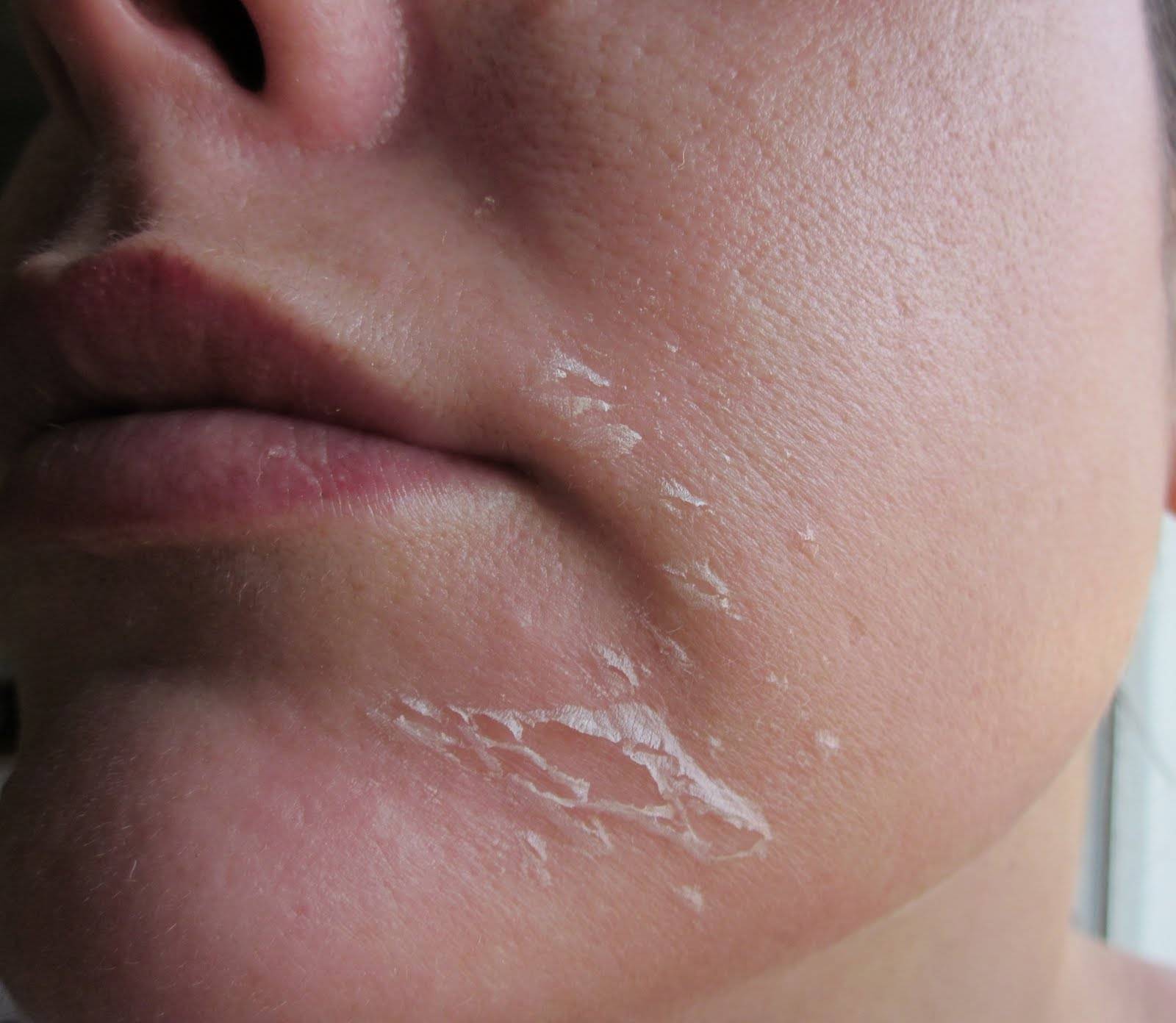 Fungal staining and direct immunofluorescence were negative.
Fungal staining and direct immunofluorescence were negative.
Figure 2. Intraepithelial linear cleft in the parakeratotic surface with intracellular edema present in the upper one-third to one-half of the stratum spinosum (H&E, original magnification ×20).
The gray-white clinical appearance of the oral mucosa resembled leukoedema, but the peeling phenomenon was uncharacteristic. Histologically, leukoedema typically has a parakeratotic and acanthotic epithelium with marked intracellular edema of the spinous layer.1,2 Our patient demonstrated intracellular edema with the additional finding of a superficial intraepithelial cleft. These features were consistent with the observed mucosal sloughing and normal tissue base and led to our diagnosis of leukoedema with mucosal desquamation. This clinical and histologic picture was previously described in another report, but a causative agent could not be identified.2
Because leukoedema can be secondary to chemical or mechanical trauma,3 we hypothesized that the patient’s toothpaste may be the causative agent. After discontinuing use of her regular toothpaste and keeping the rest of her oral hygiene routine unchanged, the patient’s condition resolved within 2 days. The patient could not identify how long she had been using the toothpaste before symptoms began.
After discontinuing use of her regular toothpaste and keeping the rest of her oral hygiene routine unchanged, the patient’s condition resolved within 2 days. The patient could not identify how long she had been using the toothpaste before symptoms began.
Our case as well as a report in the literature suggest that leukoedema with mucosal desquamation may be the result of contact mucositis to dental hygiene products.3 Reports in the dental literature suggest that a possible cause for oral mucosal desquamation is sensitivity to sodium lauryl sulfate (SLS),1,4 an ingredient used in some toothpastes, including the one used by our patient. The patient has since switched to a non–SLS-containing toothpaste and has remained asymptomatic. She was unwilling to reintroduce an SLS-containing product for further evaluation.
Sodium lauryl sulfate is a strong anionic detergent that is commonly used as a foaming agent in dentifrices.4 In products with higher concentrations of SLS, the incidence of oral epithelial desquamation increases.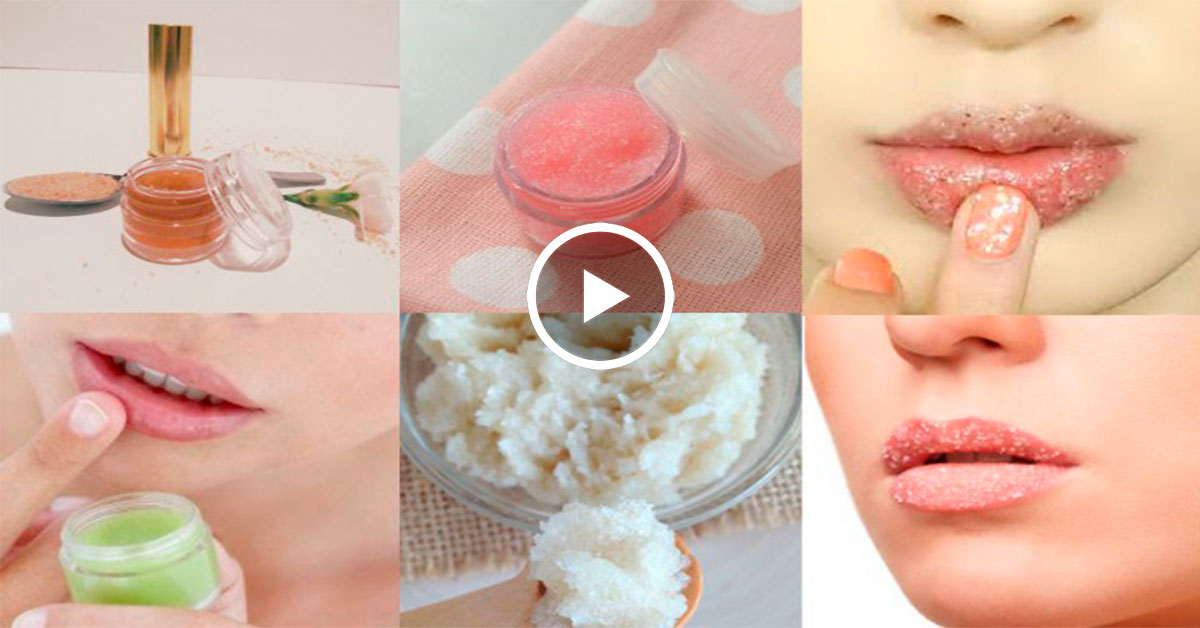 Triclosan has been shown to protect against this irritant phenomenon.5 Interestingly, the SLS-containing toothpaste used by our patient did not contain triclosan.
Triclosan has been shown to protect against this irritant phenomenon.5 Interestingly, the SLS-containing toothpaste used by our patient did not contain triclosan.
Although leukoedema and mucosal desquamation induced by oral care products are well-described in the dental literature, it is important for dermatologists to be aware of this phenomenon, as the differential diagnosis includes autoimmune blistering disorders and erosive lichen planus, for which dermatology referral may be requested. Further studies of SLS and other toothpaste ingredients are needed to establish if sloughing of the oral mucosa is primarily caused by SLS or another ingredient.
Recommended Reading
What’s Eating You? Ant-Induced Alopecia (Pheidole)
MDedge Dermatology
What Is Your Diagnosis? Fixed Cutaneous Sporotrichosis
MDedge Dermatology
Tolerance of Fragranced and Fragrance-Free Facial Cleansers in Adults With Clinically Sensitive Skin
MDedge Dermatology
Acute Generalized Exanthematous Pustulosis Associated With Ranolazine
MDedge Dermatology
Disseminated Cutaneous Infection with Mycobacterium chelonae in a Renal Transplant Recipient
MDedge Dermatology
What Is Your Diagnosis? Tinea Corporis
MDedge Dermatology
Cutaneous Leishmaniasis: An Emerging Infectious Disease in Travelers
MDedge Dermatology
Inside Out or Outside In: Does Atopic Dermatitis Disrupt Barrier Function or Does Disruption of Barrier Function Trigger Atopic Dermatitis?
MDedge Dermatology
Differentiation of Latex Allergy From Irritant Contact Dermatitis
MDedge Dermatology
Concomitant Sensitization to Inhaled Budesonide and Oral Nystatin Presenting as Allergic Contact Stomatitis and Systemic Allergic Contact Dermatitis
MDedge Dermatology
Related Articles
- Contact Dermatitis
Rainbow Lemon Facial Peel
Share
Article: 4673721550572
ECOBOX
Share
Article:
ECOBOX
Brand:
ECOBOX
Leather type:
All types of leather
Collection:
9 0002 ECOBOX Rainbow
Description
You will be interested
Anti-cellulite body wrap “Warming” with pepper and ginger extracts
Body
Hydrophilic oil for dry and sensitive skin “Red gold of Italy” Red gold of Italy
For face
Mini version Natural Balm for oily and problematic hair “Regulating”
For hair
Facial serum with AHAs for normal and combination skin
Facial
Natural super nourishing hand cream with AHA acids and vitamins “Hot Birma” Hot Burma
Body
Eye Cream (Carambola)
Face
Natural thick shampoo for all hair types “Menthol”
For hair
3 319 ₽
Face mask “Purifying” Professional for oily and problematic skin
For face
Tonic for normal to dry skin “Echinacea”
Facial
Body deodorant spray “Ice Citrus” based on mineral alum crystals
Body
Bath Salt Tropical Banana
Body
Natural Rosemary Floral Water
Hair
Phyto-balm for hair “Normalizing” on decoction of oak bark and burdock flower water
For hair
Natural hair mask “Deep moisturizing”
For hair
Phyto-shampoo “Vitamin” based on calendula decoction and chamomile flower water
For hair
Description
Natural lemon peeling for the face reduces oily sheen, has an anti-inflammatory effect, helps to lighten age spots.
 The main component of peeling is lemon extract, an effective cleanser and a source of vitamin C.
The main component of peeling is lemon extract, an effective cleanser and a source of vitamin C.
Storage conditions: at temperatures from +5 to +25⁰С, do not expose to prolonged exposure to sunlight and sources of moisture.
Composition: deionized water with lemon extract, citric acid, vegetable glycerin, lactic acid, hydroxyethyl cellulose, malic acid, benzyl alcohol, dehydroacetic acid, succinic acid, salicylic acid, allantoin, potassium sorbate, fragrance.
How to use: with fingertips or a brush, apply a small amount of peeling along the massage lines to cleansed facial skin, spread over the face with light movements. Withstand 5-10 minutes. Then rinse with plenty of cool water and apply a moisturizing serum and mask (or cream). Apply once a week or less, depending on the condition and type of skin. Test on a small area of skin before use. Use with caution during sunny seasons.
Shelf life: 36 months
Features
Brand:
ECOBOX
- 90 002 Leather type:
All types of leather
Collection:
ECOBOX Rainbow
Reviews of our customers
Product matches the description
Order processing speed
Delivery quality
How to get rid of wrinkles around the mouth – article
Shallow creases in the nasolabial triangle appear at a young age. Purse-string vertical above the upper lip and puppet wrinkles that run from the corners of the lips to the chin do not paint anyone. They change facial expressions and give age. How to deal with them will help the advice of cosmetologists.
Ways to correct wrinkles
Since the circular muscle is attached to the epidermis, it stretches the skin with each contraction. Due to the activity of the circular muscle, facial expressions, articulation, the absence of sebaceous glands and fat, lines of future creases are already visible at 25+.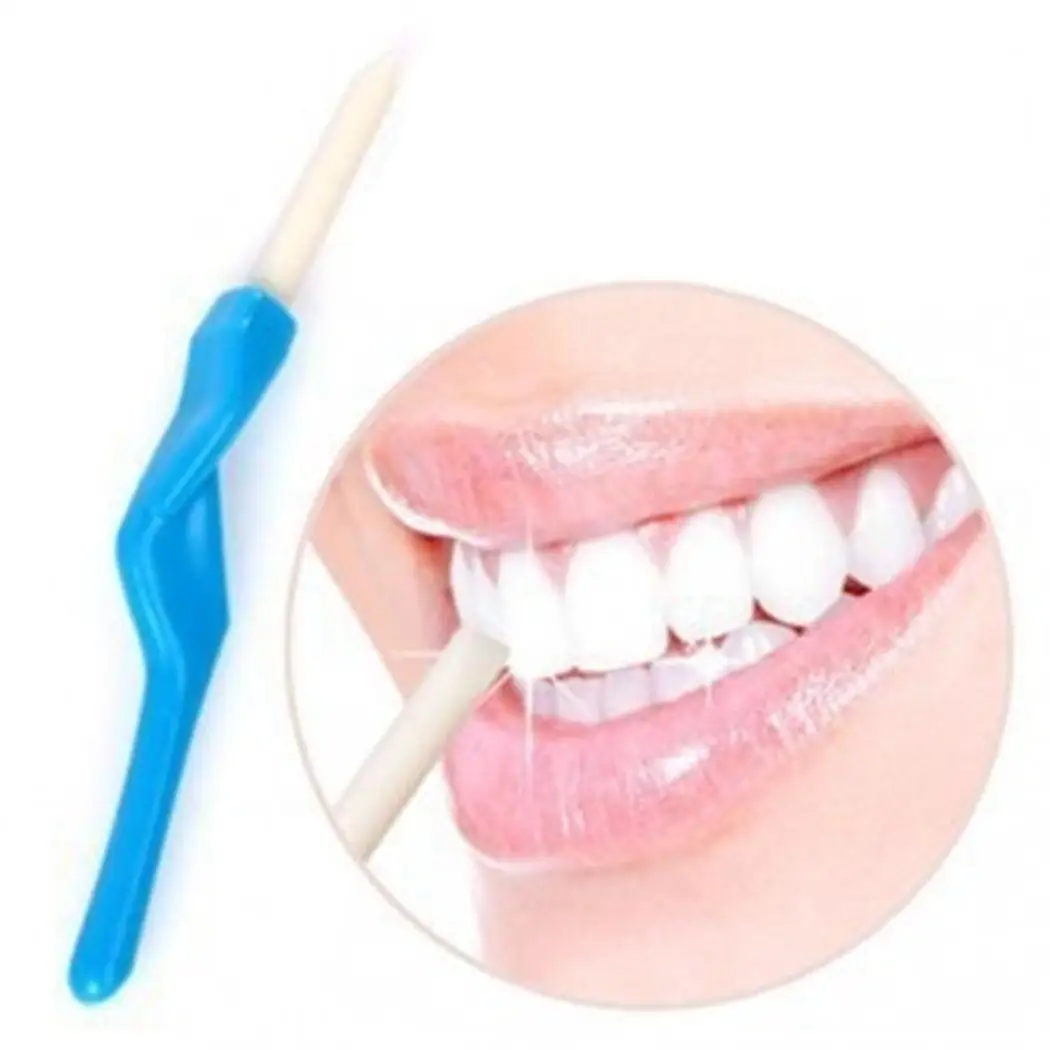 The main causes of purse-string wrinkles are smoking and sipping cocktails through a straw. Constant squeezing of the cigarette with the lips stretches them into a tube and forms longitudinal lines that deepen with age. Savoring drinks gives them the shape of a bow and forms a fine network of wrinkles around the mouth. There are corrective ways to make them invisible. To start:
The main causes of purse-string wrinkles are smoking and sipping cocktails through a straw. Constant squeezing of the cigarette with the lips stretches them into a tube and forms longitudinal lines that deepen with age. Savoring drinks gives them the shape of a bow and forms a fine network of wrinkles around the mouth. There are corrective ways to make them invisible. To start:
- give up bad habits;
- constantly apply moisturizing creams and masks to your face;
- when going outside, use protective creams with a high UV index;
- do special exercises to contract the circular muscle.
Effective masks
To nourish and saturate the skin with moisture, use cottage cheese. Mix the fatty product with sour cream and honey 1:1. Add a pharmacy vitamin A capsule, apply the composition to the area of the nasolabial triangle of the face for 20 minutes. For prevention, make a mask a couple of times a week.
White clay
The fine powder is ideal for women with oily epidermis.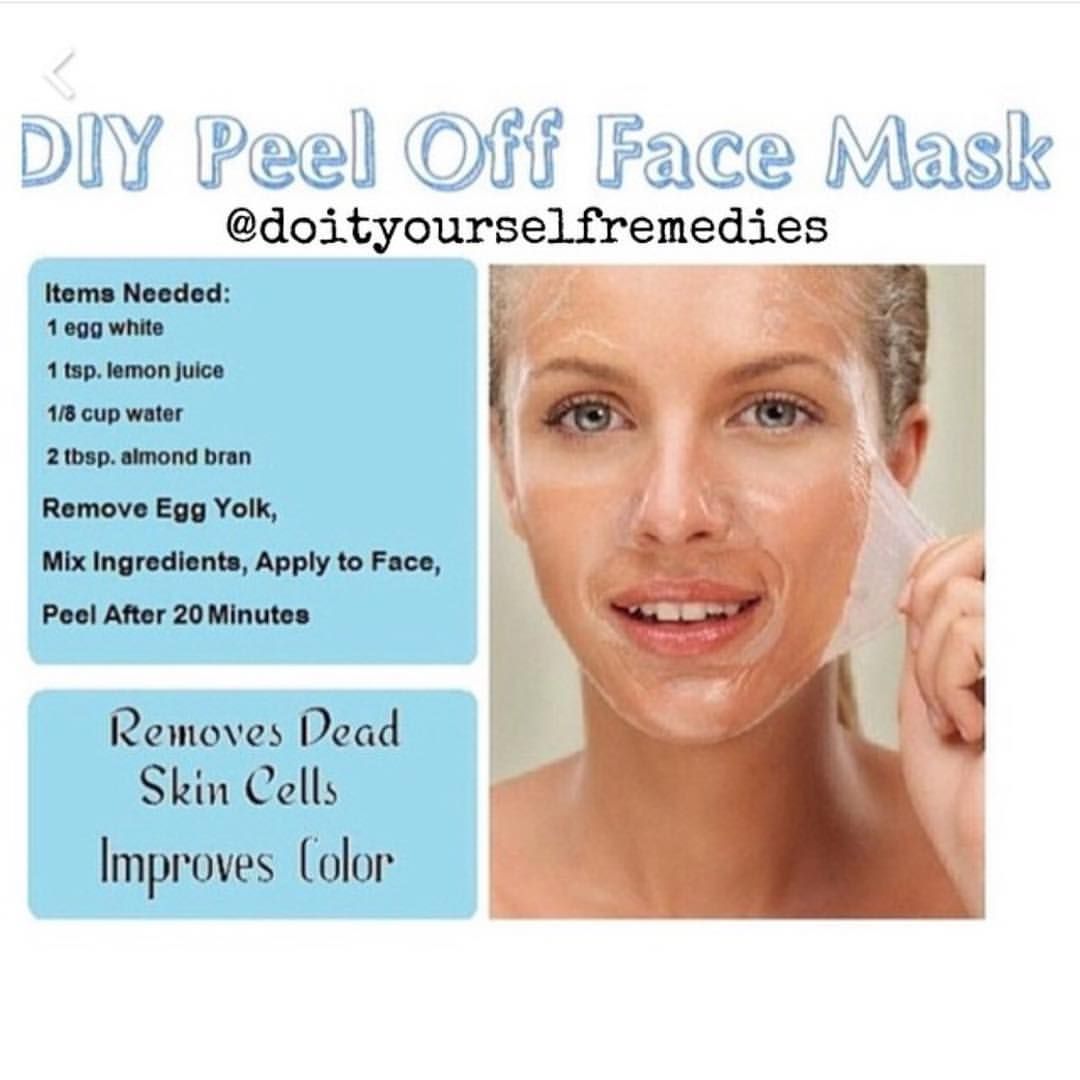 Dilute it in warm water or herbal decoction, enrich with oily vitamin E. Apply with a sponge near the mouth and massage to exfoliate dead skin cells. The mixture smoothes and dries pimples, removes inflammation, narrows pores. Leave on for 15 minutes, rinse and moisturize with any warm carrier oil.
Dilute it in warm water or herbal decoction, enrich with oily vitamin E. Apply with a sponge near the mouth and massage to exfoliate dead skin cells. The mixture smoothes and dries pimples, removes inflammation, narrows pores. Leave on for 15 minutes, rinse and moisturize with any warm carrier oil.
Lip Gymnastics
With daily exercise, tighten and reduce the depth of even age-related wrinkles in 10 days, protect yourself from gravitational ptosis.
- Press your lips inwards. Hold the corners of your mouth with your index fingers. Overcoming resistance, retract to the teeth 30 times.
- Take a mouthful of air and puff out your cheeks. Roll it left and right until muscle fatigue.
- Open your mouth and round your lips, avoiding cheek lines. Put your index fingers in the corners and smile. Feel the tension in all the muscles of the lower third of the face.
- With your mouth wide open, pronounce vowels with precise articulation.

After each exercise, relax the circular muscle with the vibration emanating from the sound “whoa”. Massage immediately. It relaxes the facial muscles, removes moisture from the tissues, increases elasticity.
How to get rid of creases with fillers?
Older women are more likely to turn to injection cosmetology. From cassette and labio-chin wrinkles, lowering the corners of the mouth, contour plastic helps. The essence of the method is the introduction of gel-like hyaluronic acid under the skin in the form of a gel. When it swells, it:
- compensates for the lack of volume and decomposes the epidermis;
- accelerates metabolic processes in tissues;
- intensively moisturizes;
- enhances the production of collagen and elastin fibers that increase turgor.
Hyaluronic acid breaks down into carbon dioxide and water and is excreted from the tissues in 6-10 months.
Botox shots
Due to the risk of getting “frozen lips”, this procedure is not decided so often.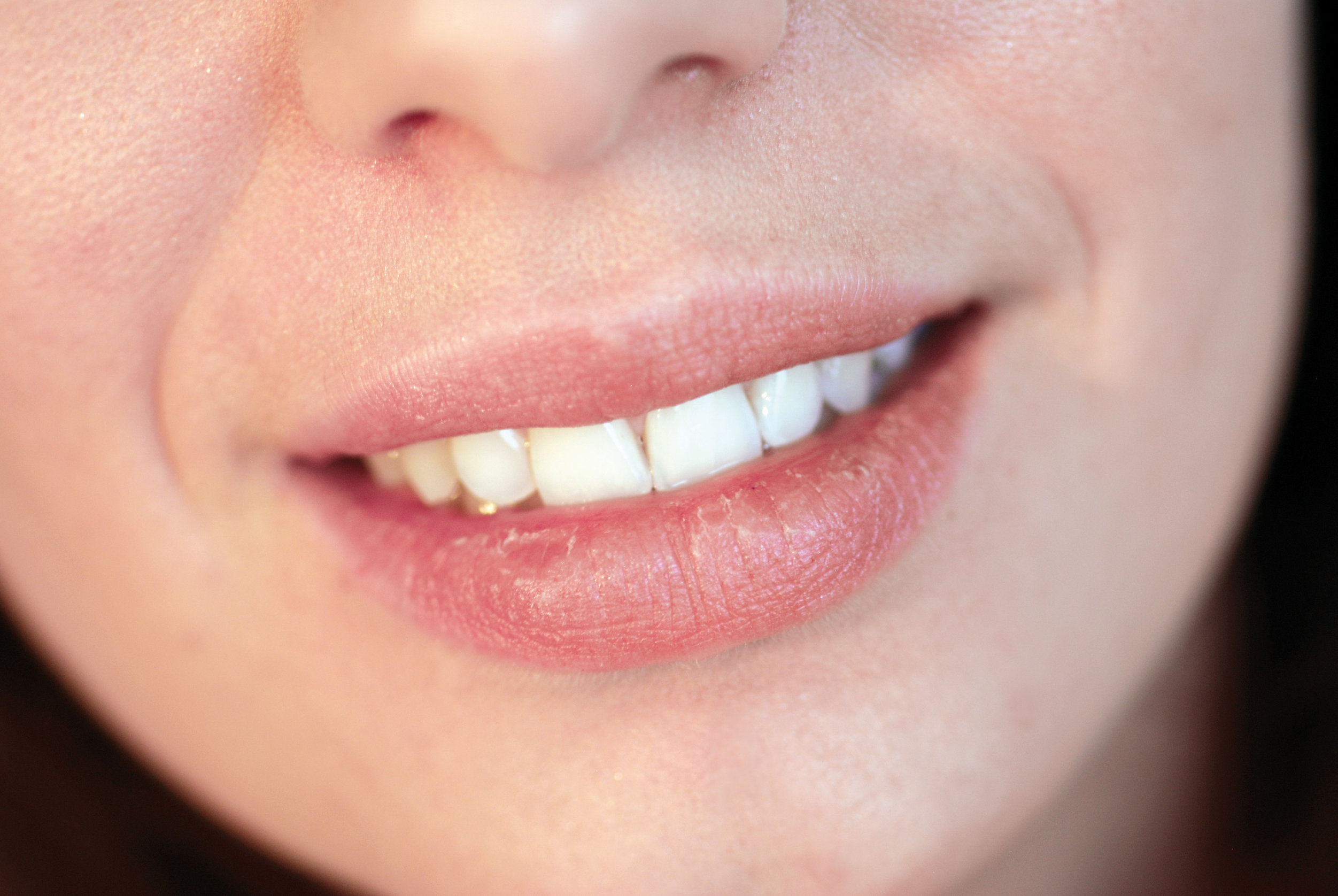 This effect occurs with incorrect dosage of the drug and careless administration. The method is contraindicated for people with edematous-deformed type of face. Botox mixes with water in the tissues and spreads.
This effect occurs with incorrect dosage of the drug and careless administration. The method is contraindicated for people with edematous-deformed type of face. Botox mixes with water in the tissues and spreads.
Medium chemical peel
For the treatment of wrinkles on oily epidermis, use peels. Exposure to the deep layers of compounds with AHA and BHA acids causes a controlled burn of the skin and exfoliates the keratinized epithelium. During regeneration, the cells are renewed, the depth and size of the grooves are reduced, and the face is rejuvenated. Since the method increases photosensitivity, carry out the procedure in winter. Use mesotherapy in summer. The technology provides for the introduction of cocktails with hyaluronic acid, amino acids, vitamins. For those suffering from bags and edema, the method is not suitable to get rid of folds in the nasolabial zone.
Laser method
In hardware cosmetology for women 35+, rejuvenation is effective with generated rays that erase wrinkles like an eraser.

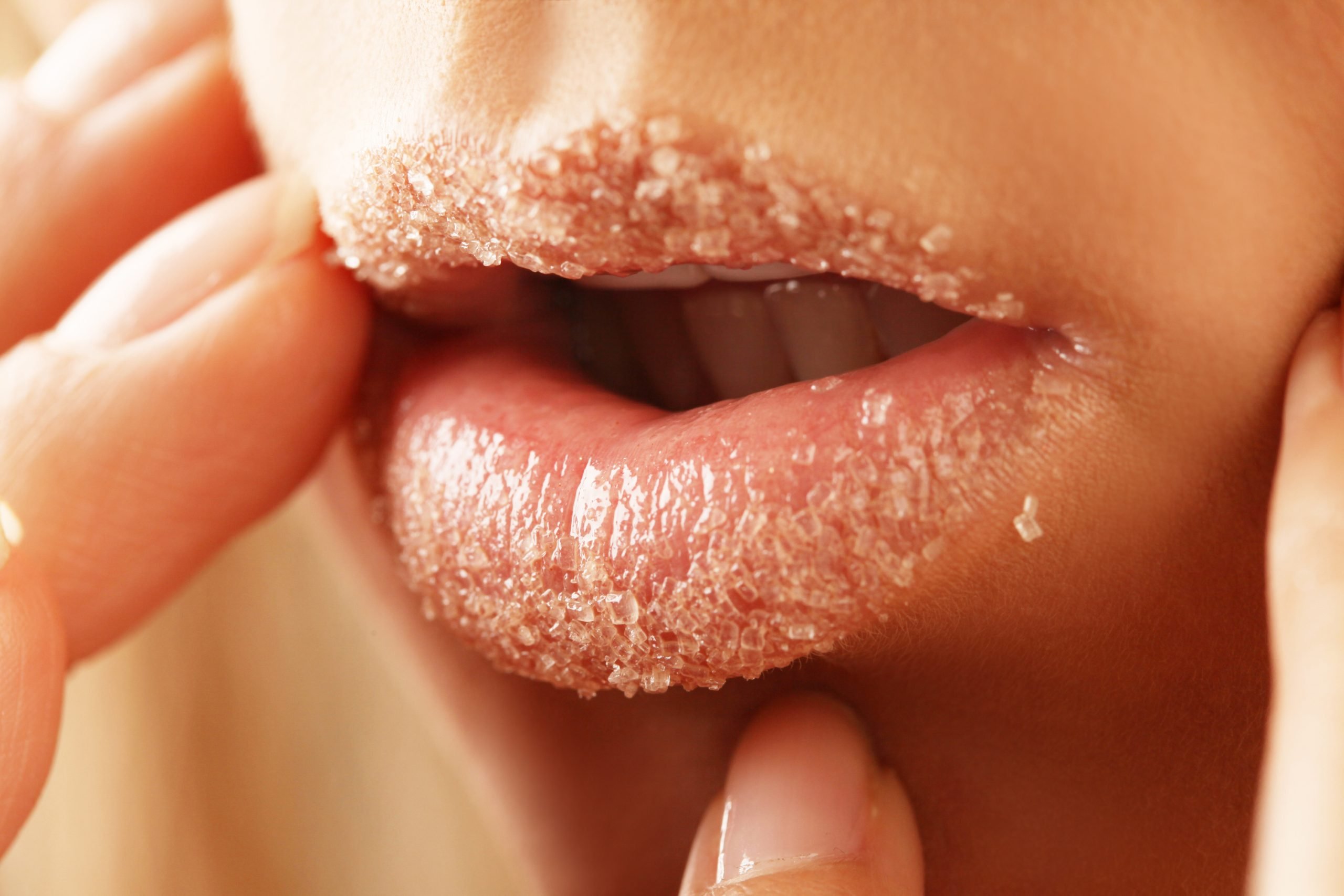 Hassona
Hassona